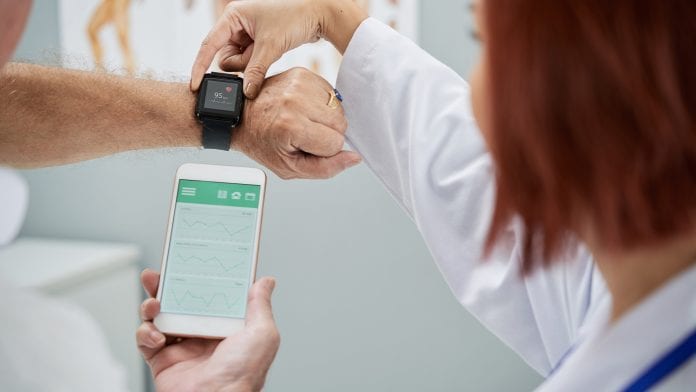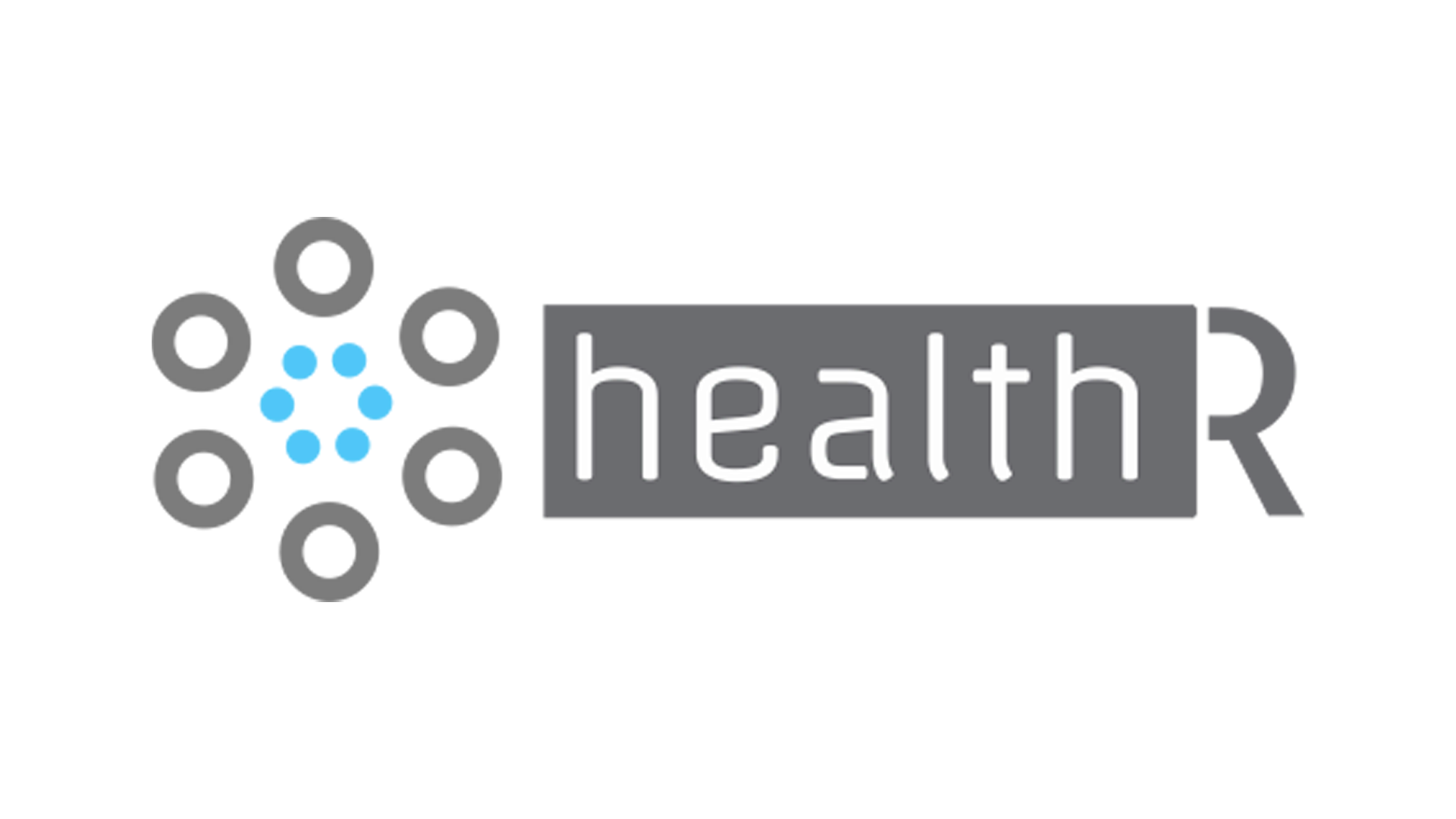
healthR founders Akaash Singh and Jas Singh demonstrate how data gathered using wearable devices can drive meaningful and actionable insights.
The COVID-19 pandemic has caused the world to adopt a different way of doing things, from remotely ‘visiting’ family to attending doctors’ appointments via video call. It has been detrimental to people all around the world, with individual patients left unable to receive the treatment they need. We say: no more. We have the answer.
Healthcare has forever changed towards a digital model. We do not believe for one second that Artificial Intelligence (AI) or machines will replace healthcare professionals or clinicians, but they will need to be assisted by these systems to enable them to provide the very best care moving forward.
With the use of the right technology and systems we can move healthcare towards a preventative model, instead of a reactive one. With healthR, we hope to lead the way for the UK to move towards this model by utilising existing technology, readily accessible to the majority of people.
What we do
The applications for healthR and connecting organisations to wearable devices is vast, but we focus on two industries in particular: healthcare and insurance.
healthR Medical empowers healthcare organisations to remotely monitor their patients, enabling a preventative model of healthcare through the use of wearable technology. This goal is achieved through the use of dashboards, analytics, alerts, machine learning and AI. healthR Insurance helps insurance companies to drive customer engagement programmes, so that they can be seen as their clients’ lifetime health partner; and helps reinsurance companies to manage risk for their insured population.
We can provide reinsurance companies with ‘health scoring’ algorithms, to assess data collected by wearable devices worn by their insured customers. These algorithms take in factors such as activity, sleep and other health and wellness data taken from wearable devices, which can calculate a score in real-time. Using these scoring algorithms as a baseline, a reinsurance company can then monitor the data to mitigate the risk to users by comparing the individual’s score against a risk profile and adjusting or setting premiums accordingly.
Using a single application programming interface (API), we can connect to over 300 wearable devices. In cases where we are not yet able to connect to a selected device, all the user has to do is take a picture and upload the data manually. This allows patients to upload prescriptions, blood pressure readings, oxygen saturation (SpO2) readings, and much more. This will provide a doctor everything they need to keep a digital eye on a patient from afar, ensuring the patient will receive the care they need and intervention where it is required.
“healthR gives us the ability to rapidly integrate with a suite of wearable devices,” said Jonathon Carr-Brown, Chief Operating Officer of Healthily, the world’s first medically approved self-care app and healthR customer.
“We scoped the market before going with them and they are offering a great low-cost solution to data aggregation. What’s more, the safety engineering behind it dovetailed with our quality management approach.”
From the data gathered from the patients’ device with their consent, we can then look to produce meaningful and actionable insights. We can assign scores based on medical algorithms to take a baseline of where an individual’s health is and then monitor it moving forward in order to get a longitudinal view.
Having the ability to set up alerts based on different parameters enables healthcare organisations to make interventions if required. There is already a lot of research done into early COVID-19 detection by monitoring heart rate variability, sleep and activity. Imagine this being the norm and for a wider range of non-communicable diseases.
Roadmap
Eventually, we want to see healthR being used across primary and secondary care around the UK and then globally, being used to look after patients from afar and drive decisions about the best healthcare requirements for patients by delivering meaningful and actionable insights into the actual lifestyle of the patient, from their levels of physical activity through to the quality of their sleep.
The capability exists to drive population-wide behavioural health insights using anonymised forms of this data.
Concerns
There are a lot of concerns around privacy and data use. We make it clear that we do not track the location of users’ devices and individuals have full control over what data is shared with the customers who build on our platform, including health providers, insurers, and pharmaceutical organisations. We have data centres globally to avoid data residency issues, which will enable all participants to remain compliant with data protection legislation.
While we track the health and wellness data collected from users’ device, it is the context of individuals’ behaviour outside the clinical environment which will provide the meaningful in-sight. How many steps did you do today? How much activity did you do? What is your resting heart rate? How much variability is there? These are some of the key questions we get answers to which enable the healthcare providers to have the longitudinal view of your health. Essentially, we use the data to build an understanding of your health in detail over time.
Why it is important now
With the increasing worldwide adoption of wearable technology, it is more important now than ever that healthcare providers are not left behind by the digital innovations which are rapidly being adopted by the market, including telemedicine, teleconsultation, self-care and digital therapeutics. The wearable market alone is projected to grow to £45bn by 2023.
There are increasingly more sophisticated wearables coming to market that can provide clinical-grade data, from electrocardiograms (ECGs) to cuffless continuous blood pressure monitoring. People are using these devices to become more informed about their health and wellbeing; and the combination of these data points can provide interesting insights to them which could drive behavioural change.
COVID-19 has also caused many people to be afraid of actually going to the doctor for fear of catching the virus. This is why a preventative model of healthcare is vital – and wearables are a key towards that.
Next Steps
Integrating services like healthR into your digital health solutions doesn’t have to be expensive. We have designed our entire business to serve smaller organisations because there is not a solution already available to them. Some healthcare providers have fewer than 100 patients; we can support them just as well as providers who work with hundreds of thousands of patients. The same goes for insurers and pharma trials. The healthR platform is simple, seamless, and secure.
Visit our website or get in touch today to see how we can help your organisation seamlessly integrate over 300 wearable devices.
This article is from issue 17 of Health Europa. Click here to get your free subscription today.


























